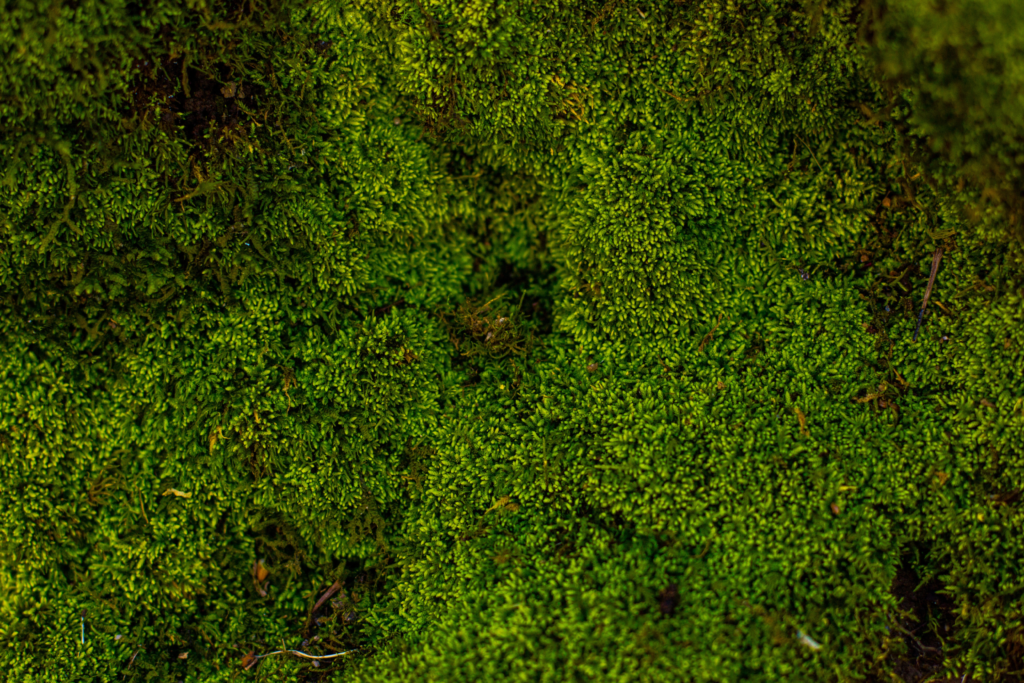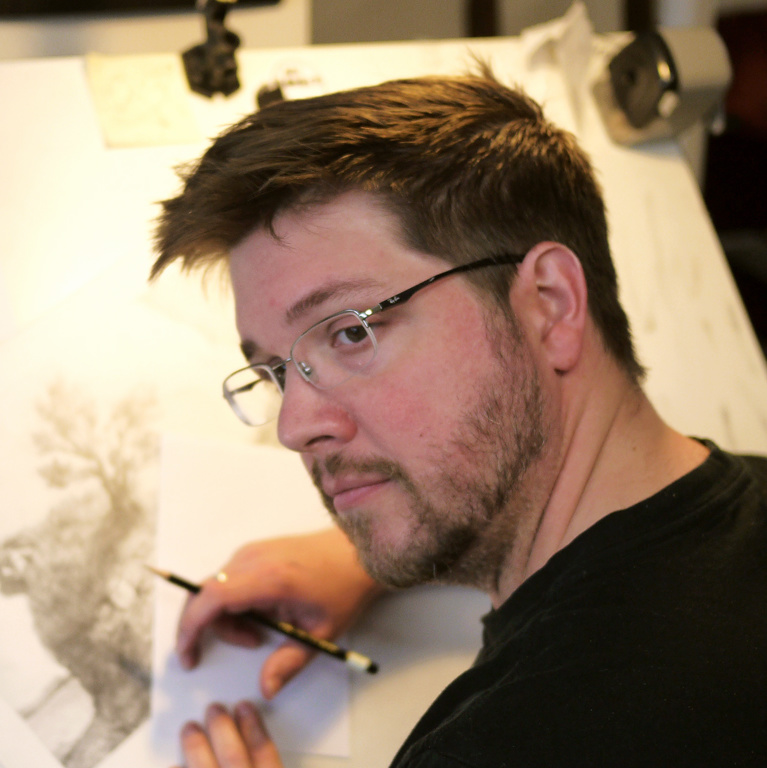
My front lawn is a cool and dim place. Shaded by the bulk of our home, together with a tough, grey, honey locust and a lightning struck ash tree, its scattered grasses never need cutting.
I love this lawn. It isn’t manicured, we don’t use chemical treatments to kill off the lovely clover and dandelion. And the few shade-loving hostas I have planted are a reminder to me that I actually can keep a plant alive, provided I leave it the hell alone and let it live its own life. I love the lawn because it is chill, it is dark, and it takes care of itself.
In the summer, it’s where I can sit on the step and eat my lunch and listen to the grackles and chickadees. In fall, our trees produce a tumbling carpet of shredded umber, gold and sienna. In winter, it’s a drift of brilliant deep blue, always in the shadow of the house, but with enough sky-shine to describe its peaks and valleys. But the spring is my favorite of all seasons, for in this unpredictable time the moss between our steps and a shaggy rowan shrub blazes brilliant green and comes alive, exultant and bold, raising its tiny hands to live, to grow, to conquer.
Sphagnum moss. Peat.
A kingly plant.
I was teased about moss a few years ago when a student in a picture-book class I was leading showed me the book she was working on. It was about moss. Now, I love discovering the littlest corners of nature. I love it as much as seeing the grandest mountain range or the expanse of the Atlantean Ocean. So I bought in immediately to this new wonder.
This author said to me, challenged me, go find yourself a patch of moss, and check it out a few days after it’s clear of snow. You’ll see little stalks sprouting up and out, and that is the moss reproducing.
Well, that was it for me. To discover something new so close to home is a good day for me.
Mark Nelson, an artist and a buddy of mine, once recounted a lesson he learned from one of his own teachers of old. This isn’t a direct quote but here’s the advice he gave me when looking out at a landscape to draw, or paint, or photograph.
Remember, that as you look out at that picture of the world in front of you, in every cubic foot of air, earth or water, on the surface of every stone, shell or leaf there are ten thousand characters, all fighting for their lives.

This was a revelation to me. Although, these days I would add that the struggle is only part of the life. Those ten thousand love as well, and feast, and play. Hopefully those ten thousand can find some joy there in the midst of the fight. I looked and found that moss as soon as I got home from campus that evening. There they were, a great spread of sphagnum moss.
More than a spread — a tribe, a state, a nation, a growing empire. For the moss plant consists of a main stem and then lots of smaller branches. At the top of the plant is a capitulum, or head. So, each head that I found was an individual plant. As my hand brushed the soft, cool, cushion of moss, I discovered thousands, tens of thousands of plants. And as predicted they were sending forth their stalks of sugar and chlorophyll, holding tenderly their spores, waiting for a whisper of wind or the rush of a storm to let go of its future to find a new land to populate.
Sphagnum is a common and enduring persona. It is hardy in our high northern hemisphere. In our yards, on footpaths, snuggled next to the roots of sweetheart trees in parks and forests, near bus stops and lamp posts. Were you to walk a game trail in Scotland or Germany thinking of faerie folk or the brothers Grimm, it’s the old land, the twisting woods, the casual brooks and streams that turn your mind to myth and legend. But it is also the rich blanket of moss that softens edges, silences your steps and holds the morning dew in a gentle hand.
Densely packed, waterlogged peat creates an anaerobic and acid environment that enables miraculous preservation. And several notable remains have been discovered in peat bogs around the world. To me, it is a wondrous dream. But more powerful, and more urgent, is how sphagnum moss can save the world, vouchsafing the future for my own daughter, my own son, and their children as well.
There are over a hundred species of sphagnum moss. Those common in the most northern parts of the northern hemisphere can form peat bogs. These humble colonies can cover vast areas of land and can grow up to thirty feet deep in the most pristine and ancient peatlands. As it lives, it breathes, grows and dies, more moss plants grow on top of the remains, similar to a coral reef and its polyps. The dead sphagnum cells hold water, support the living cells and in turn support a broad and diverse ecosystem all their own, also like the reefs. They also hold carbon. Lots of carbon.
I read a book called Drawdown from Penguin Books edited by Paul Hawkin. I needed to read it, it was a salve for my bruised brain. Every day we hear of some new angle in the climate crisis we are living in, and this book had answers. And reading it this last year I discovered that my beloved moss is a hero. The book reveals that though peatlands “cover just three percent of the earth’s land area, they are second only to oceans in the amount of carbon they store — twice that held by the world’s forests …”
For my money, preserving the peatlands and encouraging damaged peat bogs to recover is a great way to help the world and help ourselves. I’m all for it.
There are other chapters I could write about sphagnum moss. Of its great utility in older cultures as a way for mothers and fathers to keep their babies dry and not smelling so ripe. Or how it works better than cloth bandages for keeping a bloody wound clean and saw heavy use in the trenches of World War I, saving lives in a war that cost far too many. But those chapters will reveal themselves to the curious in time.
But speaking of the curious, I have a challenge for those among you who have stuck with me to the end here.
Ever have a flannel plant growing in your own yard or seen one growing along the highway? Also called the common mullein, it’s broadly considered a weed in my neck of the woods. It’s a tall beast with an equally deep and tough taproot. But check out its big, flat, soft leaves. They resemble lamb’s ear, but bigger. They used to be used as insoles to cushion boots, shoes, clogs and sandals. It’s a European import, and long ago when Rome was an empire, the tall, sturdy plant was sometimes chopped, cropped and dipped in wax and made into a torch. I don’t remember where I learned that one. It wasn’t a picture book class. More likely it was a Snapple cap or something. Just a little morsel to take with you on your next walk in the woods, or around that shabby lot near your local Kwik Trip.
Wherever you’re walking, watch your step, and remember all those thousands, struggling, striving characters living it up, even in the little patch of green fuzz chilling in the shade outside your door.
– Micah Clarke